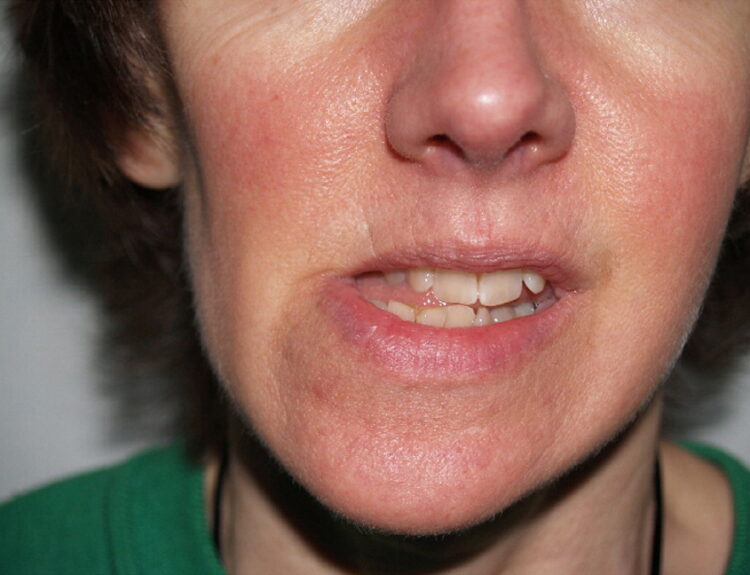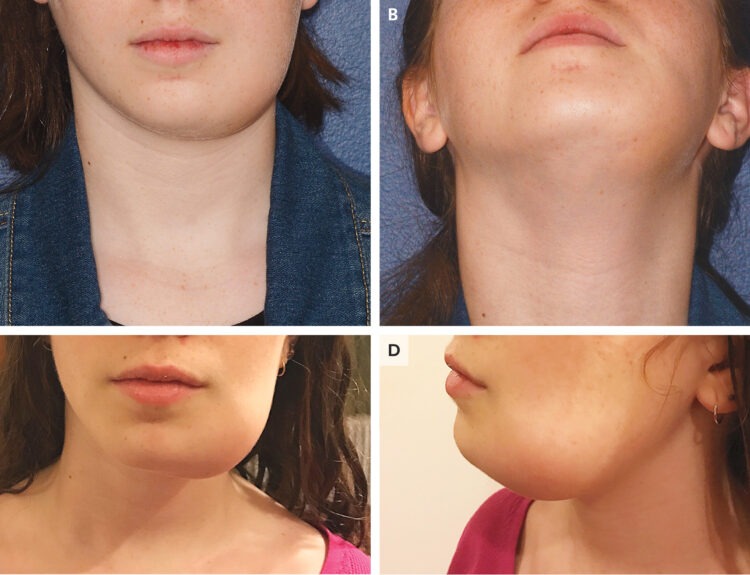We all love a sweet treat now and then. From the satisfying crunch of a chocolate bar to the comforting warmth of a sugary cup of tea or coffee, sugar is deeply woven into our foods. But beneath that delicious veneer lies a less pleasant truth, especially when it comes to the health of our teeth.
For decades, we’ve been told that sugar is the enemy of healthy teeth, and while that’s largely true, the “why” and “how” are a bit more nuanced than just “sugar rots your teeth.” Let’s dive into the science behind the sweet deception.
A common misconception is that sugar directly damages your teeth. In truth, sugar serves as a primary food source for the bacteria that naturally live in your mouth. These bacteria thrive on simple carbohydrates like glucose, fructose, and sucrose (table sugar). When they consume these sugars, they produce acid as a byproduct. It’s this acid—not the sugar itself—that is the real cause of tooth decay.
Your tooth enamel, the outermost layer of your teeth that contains many minerals like calcium and Potassium. Though enamel is the hardest substance in your body, it’s highly susceptible to acid erosion. When the acids produced by bacteria come into contact with enamel, they begin to dissolve its minerals. It is a process called demineralization.
Initially, this demineralization might appear as a tiny white spot on the tooth. If the acid attacks continue unchecked, the enamel weakens further. It eventually leads to the formation of a cavity in your tooth. Once a cavity forms, it requires dentist’s intervention to prevent further decay and potential pain.
While cavities are the most well-known consequence of excessive sugar consumption, sugar can contribute to other oral health problems:
Gum Disease: While not directly caused by sugar, a diet high in sugar can contribute to inflammation throughout the body, including the gums. Uncontrolled plaque buildup, often fueled by sugar, also leads to gum inflammation. If left untreated, it progresses to more severe periodontitis, causing bone loss and tooth loss.
Dry Mouth: Some sugary drinks, especially carbonated ones, contribute to dry mouth, which reduces saliva flow. Saliva plays a crucial role in washing away food particles and neutralizing acids, so less saliva means a higher risk of decay.
Significance of Frequency and Form
It’s not just about the amount of sugar you consume, but also how often and in what form.
- Frequency is Key: Snacking on sugary foods or sipping on sugary drinks throughout the day keeps your teeth constantly exposed to acid attacks. Every time you consume sugar, your mouth pH drops, and it takes time for saliva to neutralize the acid and remineralize the enamel.
- Sticky and Slow Dissolving: Sugary foods that are sticky (like caramels, dried fruit, or gummy candies) or dissolve slowly (like lollipops or hard candies) cling to your teeth for longer periods, providing a prolonged feast for bacteria.
- Liquid vs. Solid: While solid sugary foods can be problematic, sugary drinks can be even more insidious. They bathe all your teeth in sugar, reaching areas that might be missed by brushing.
What should You Do?
The good news is that you don’t have to eliminate sugar entirely to protect your teeth. Moderation and smart choices are key:
Limit Sugary Snacks and Drinks: Reduce the frequency of sugary treats and opt for them as part of a meal rather than between meals.
Brush and Floss Regularly: Brush at least twice a day with fluoride toothpaste and floss daily to remove food particles and plaque.
Choose “Tooth-Friendly” Sweets: If you indulge, opt for treats that are less sticky and dissolve quickly. Consider sugar-free alternatives.
Rinse with Water: After consuming sugary foods or drinks, rinse your mouth thoroughly with water to help wash away sugar and neutralize acids.
Stay Hydrated: Drink plenty of water throughout the day to promote saliva production.
Regular Dental Check-ups: Visit your dentist for regular check-ups and cleanings. He/she can identify early signs of decay and provide preventive treatment like fluoride applications or sealants.
Read Labels: Be aware of hidden sugars in processed foods. Sugars come in many forms, including high-fructose corn syrup, dextrose, and maltose.






